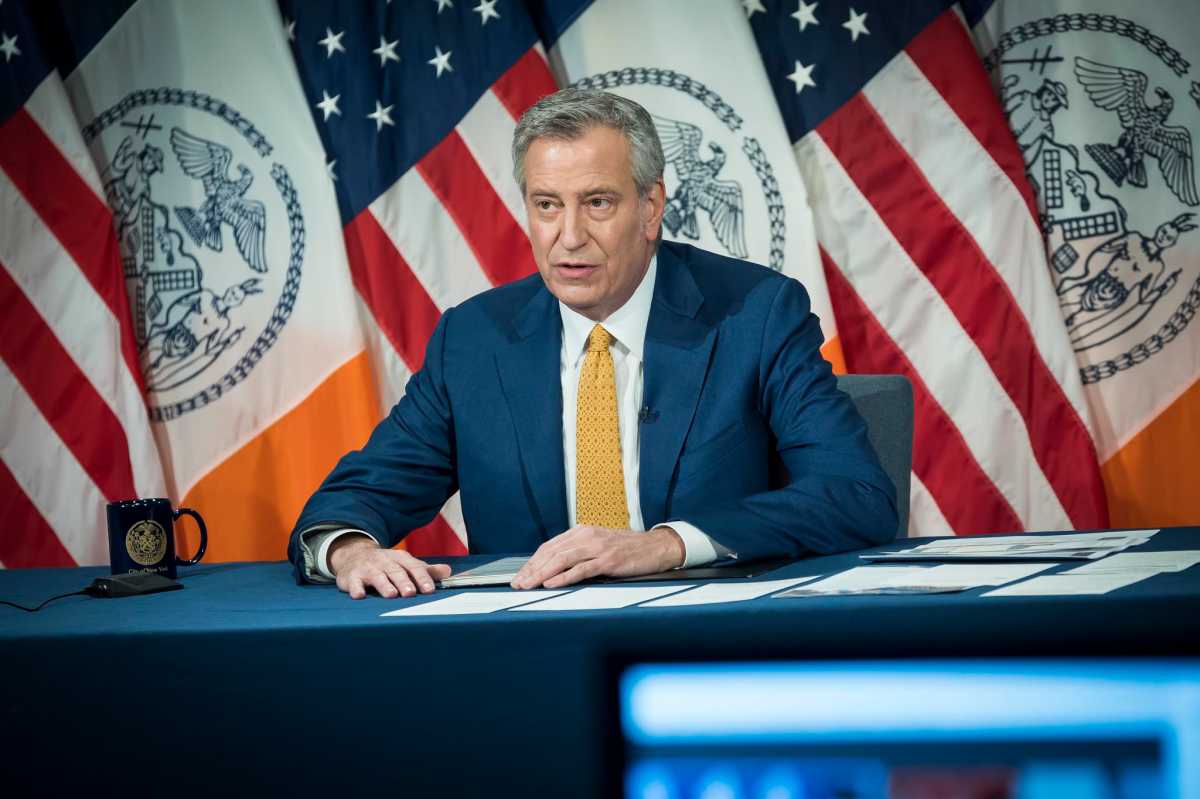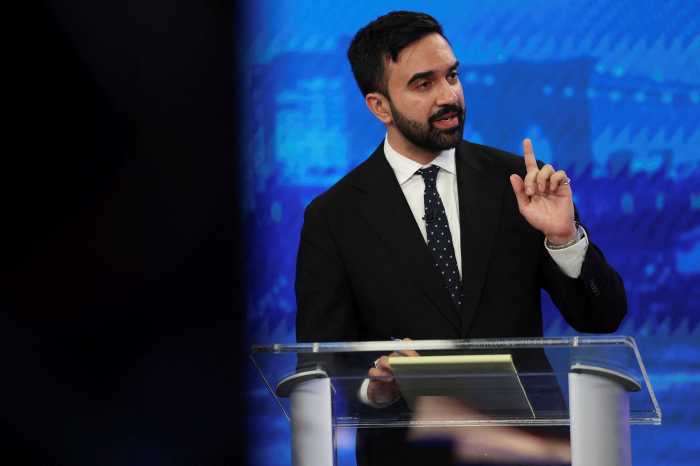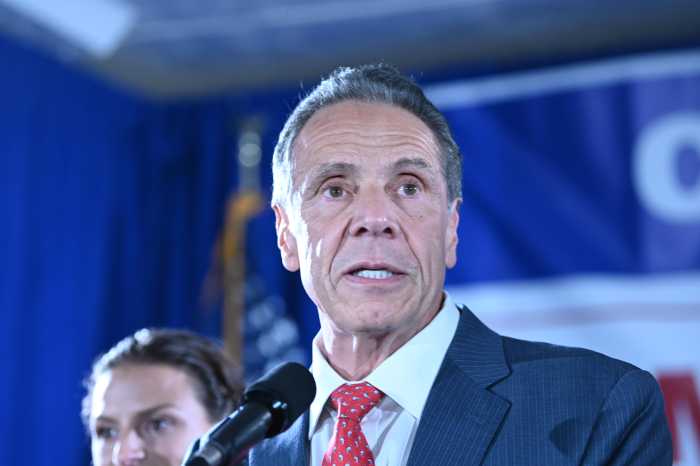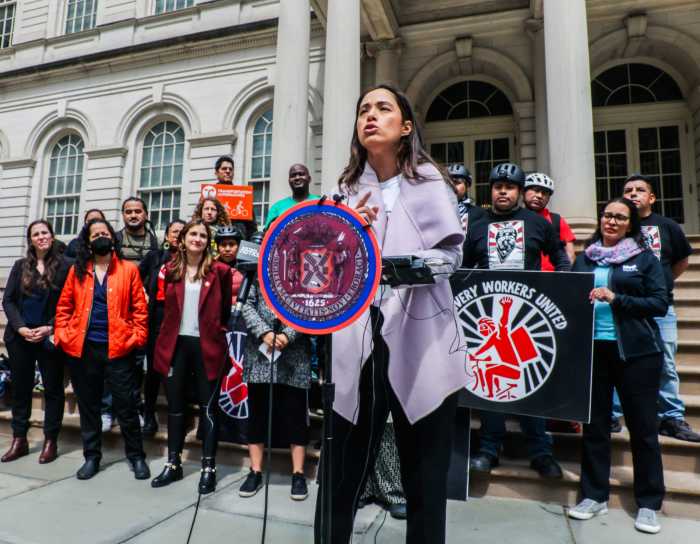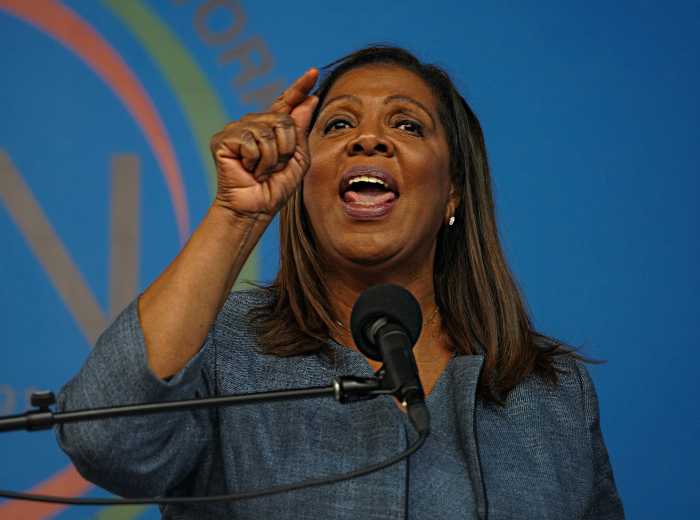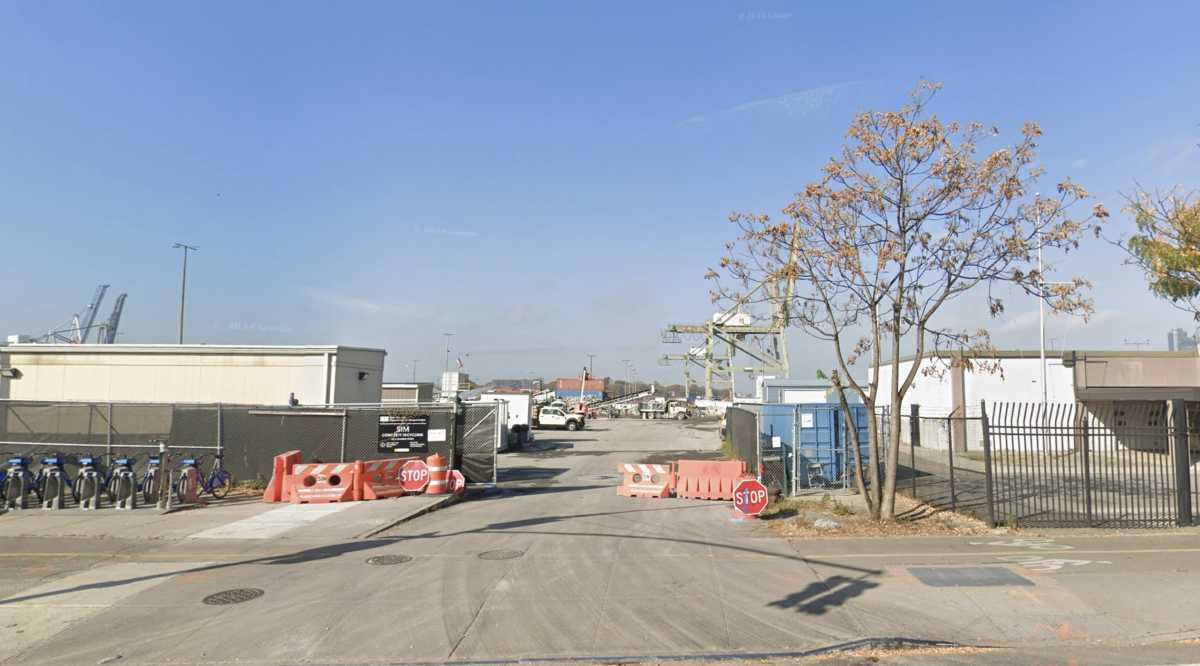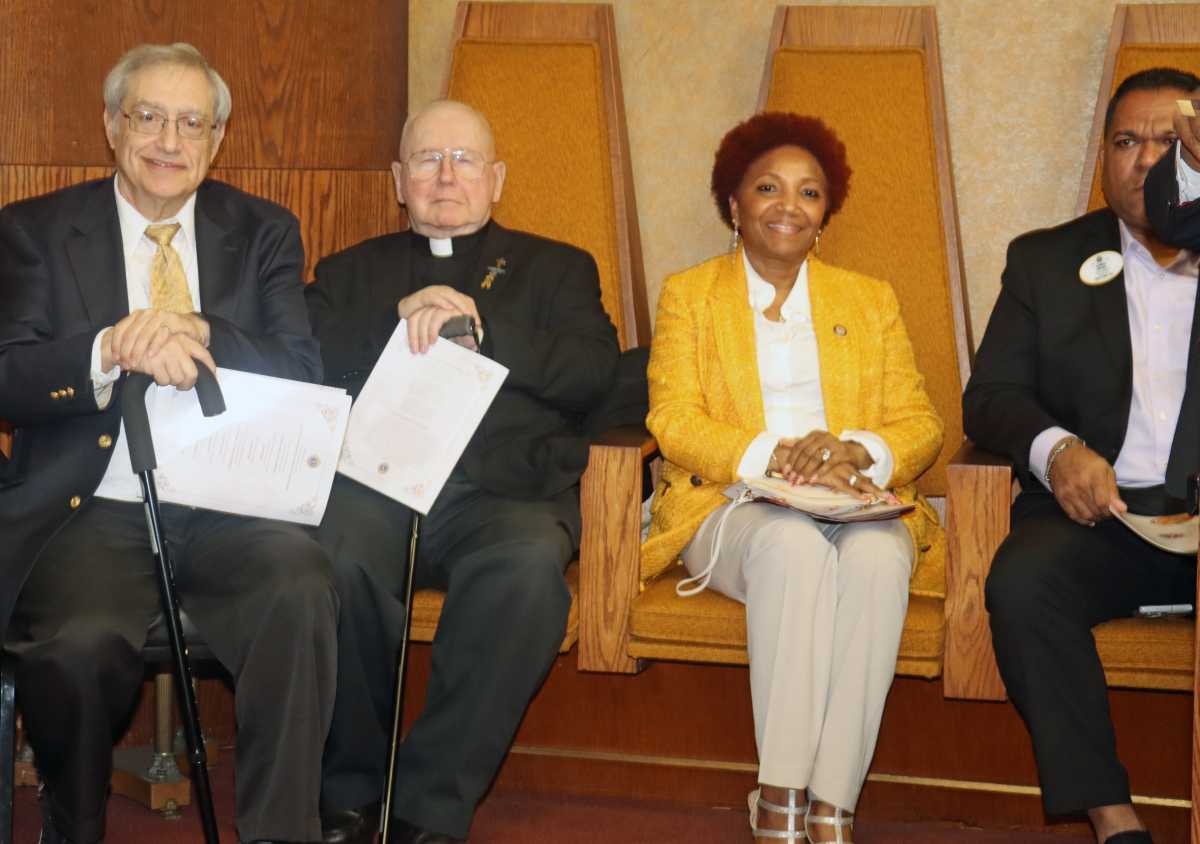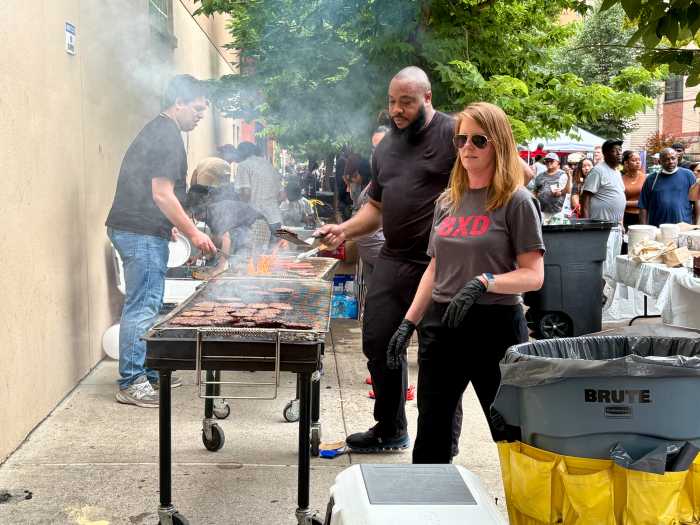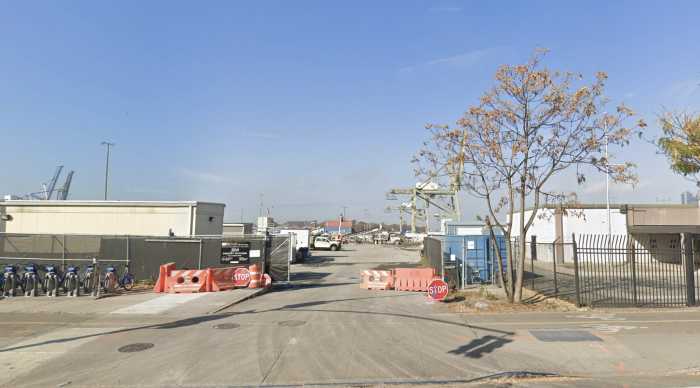A day before the city’s 2021 budget deadline, Mayor Bill de Blasio confirmed that his administration and the City Council are preparing to cut $ 1 billion from the New York Police Department’s budget.
After initially opposing cuts to the NYPD in this year’s proposed $87 billion budget, in early June the mayor finally vowed to divert agency funds to youth and social services after 10 days of protests against police brutality in the city. But Monday’s pledge was the first time the mayor has specified just how much his administration plans to cut from the city police department.
De Blasio initially proposed a fiscal year 2021 budget of $95.3 billion but had shrink proposed city spending in order to close a $ 9 billion deficit caused by the economic down following the novel coronavirus pandemic. Along with cutting municipal spending by $ 2 billion, the de Blasio administration is also preparing to lay off 22,000 municipal workers in the fall to save the city an additional $1 billion.
De Blasio has blamed both Washington D.C. and Albany in part for the city’s current financial crisis. During his daily coronavirus press conferences, de Blasio repeatedly called for more federal aid which he recently said, “would never come.” In May, the mayor pitched increasing the city’s borrowing capacity to help temporarily fill the deficit but was rejected by state lawmakers.
Over the weekend, the de Blasio administration presented a plan to the City Council that represented ” a billion dollars in savings for the NYPD.” De Blasio’s proposal resembles a plan set forth by the City Council earlier this month and includes transferring NYPD safety agents to the Department of Education, cutting a July NYPD academy class of 1,100, and doing away with some homeless outreach efforts, according to reporting from Politico.
“To say the least, this has been the toughest budget that we’ve had to do as an administration here at City Hall,” de Blasio told reporters on Monday. “We are in a whole different situation in New York City that we have ever faced in our history, a healthcare crisis, a disparity crisis, a budget crisis, all wrapped into one.”
De Blasio told reporters that his plan with the City Council would ensure “patrol strength” that would allow for school safety to do its jobs and that further details on changes to the distribution of school safety agents would be released soon.
Last week, hundreds of protesters vowed to camp outside of City Hall until the city’s June 30 budget deadline to pressure the mayor into slash the NYPD budget by $1 billion, remove NYPD security agents from schools, and to divert funds from the police department to social services. Despite the mayor’s vowed commitment to divert $ 1 billion in funds from the NYPD, some organizations are still not satisfied.
In a statement, activist group VOCAL-NY called the commitment a “betrayal of movement” and suggested that the city review a policy report from Communities United for Police Reform detailing the steps the mayor could take to make the city safer by investing in communities of color. Shrinking the NYPD budget, increasing NYPD transparency, and blocking any increases to the NYPD expense budget for the fiscal year 2021 were some of the steps outlined in the report.



